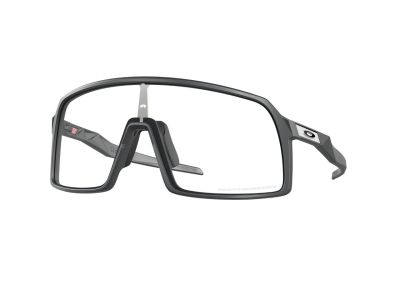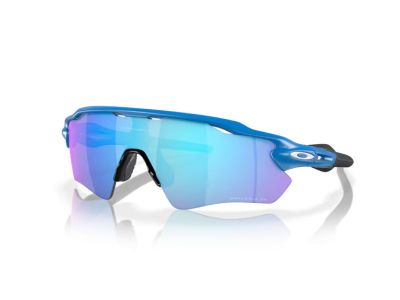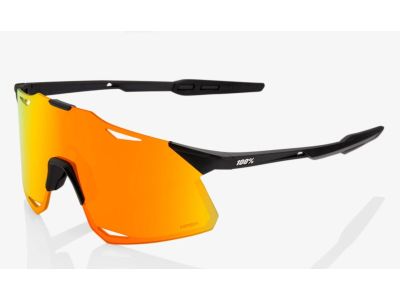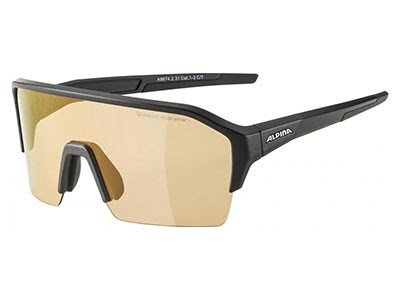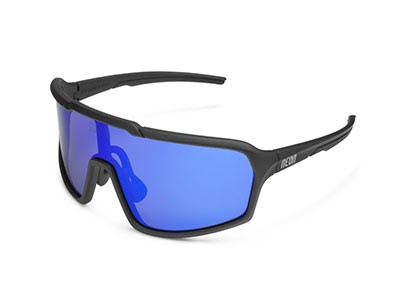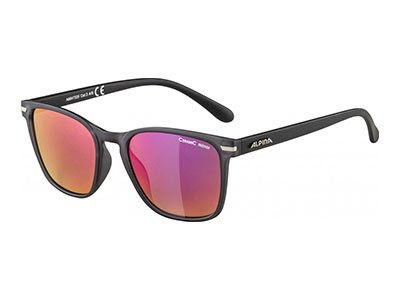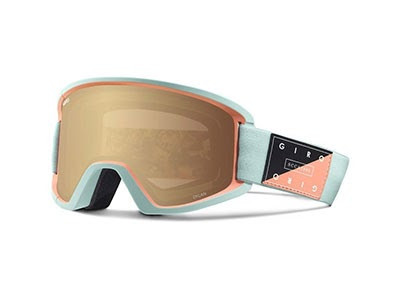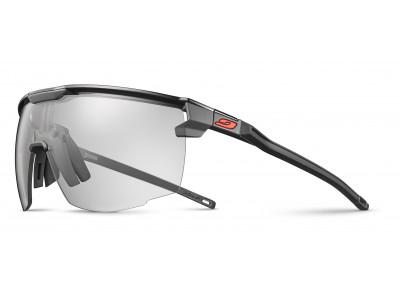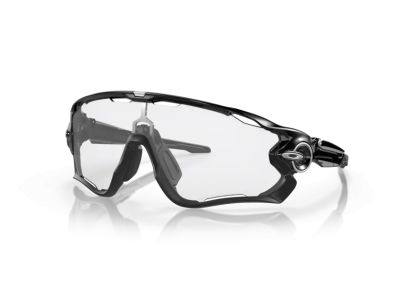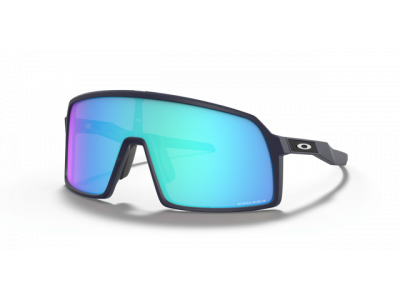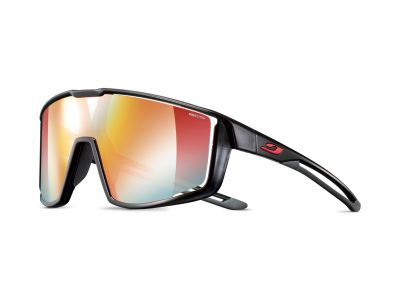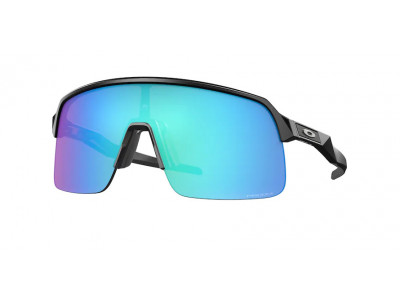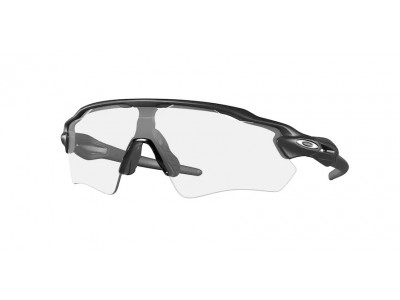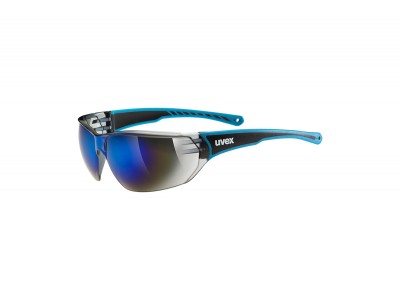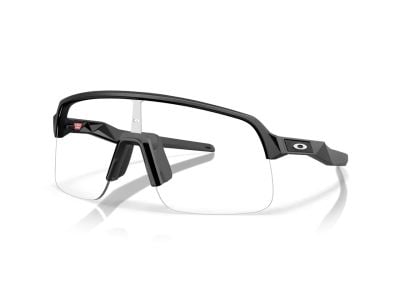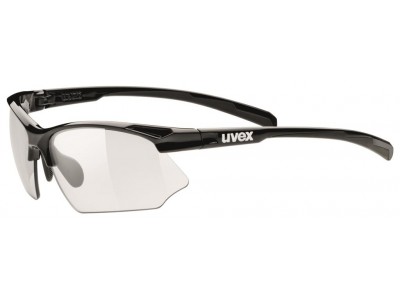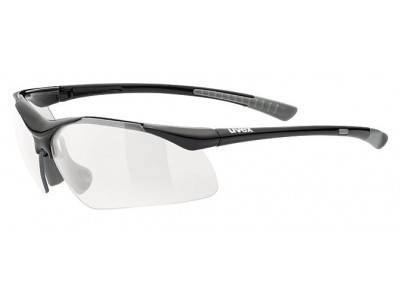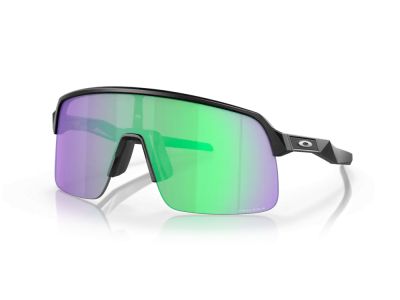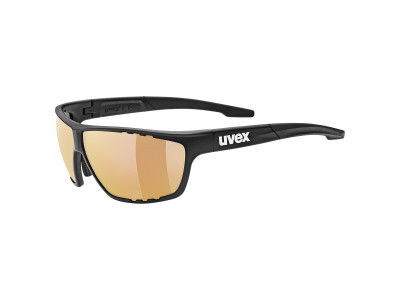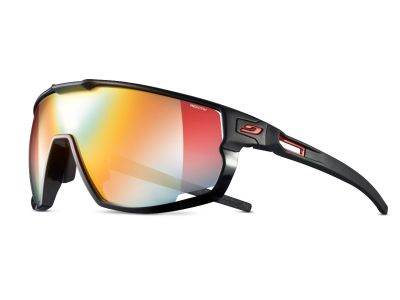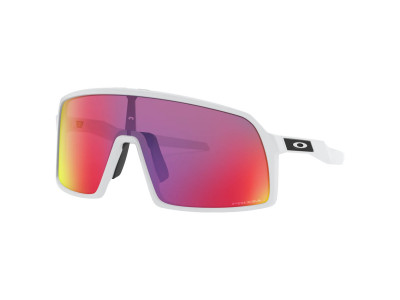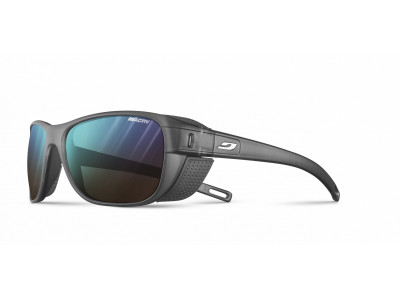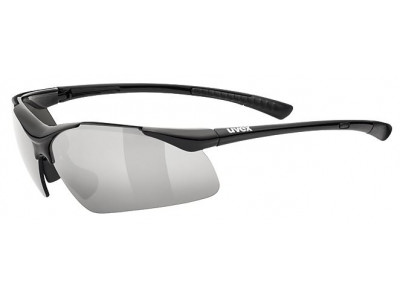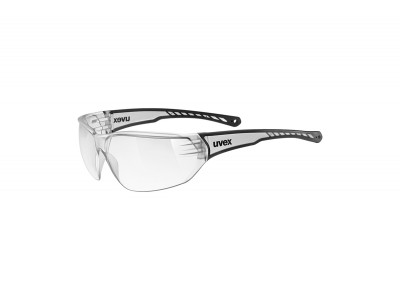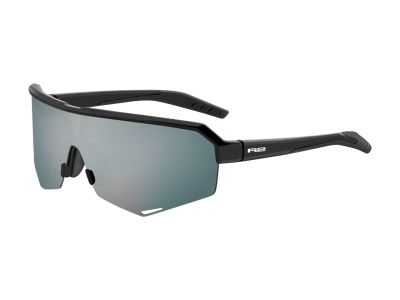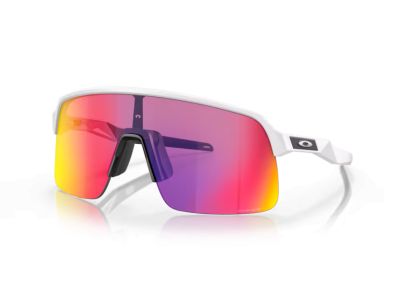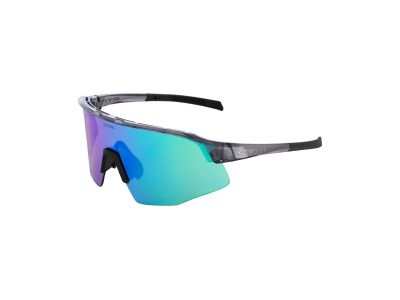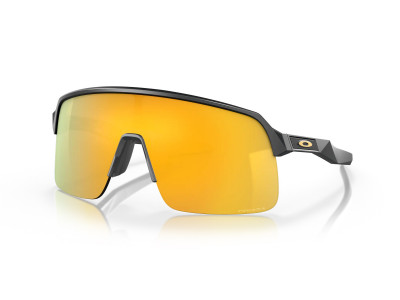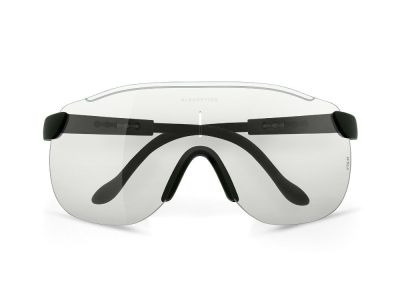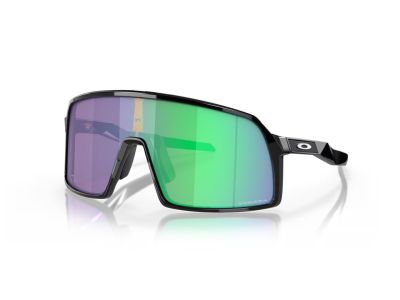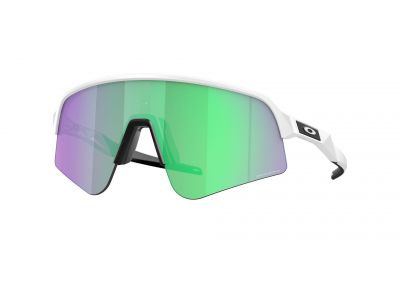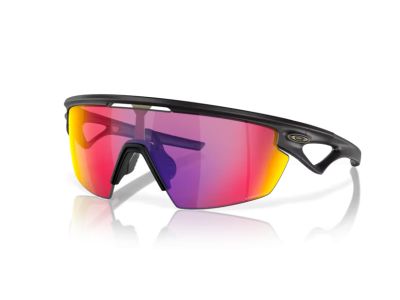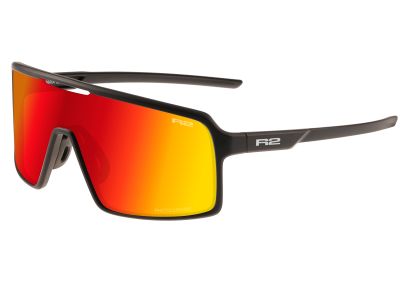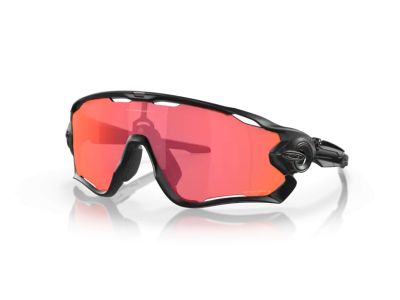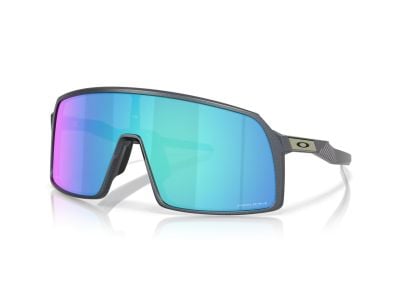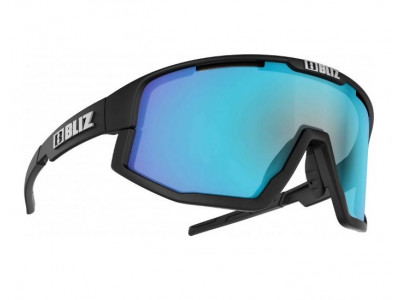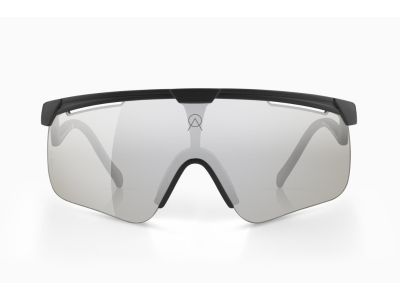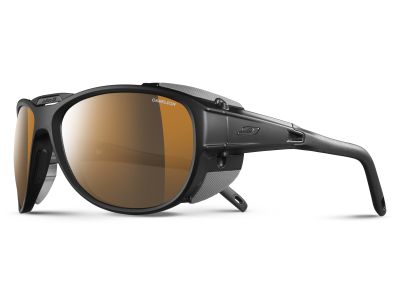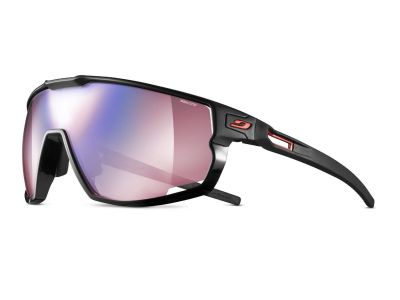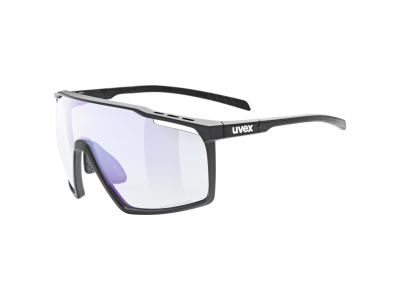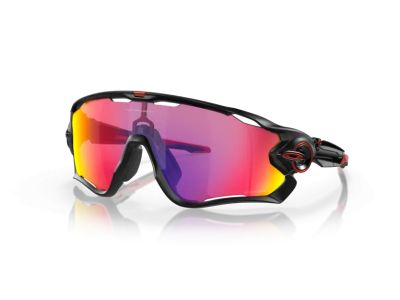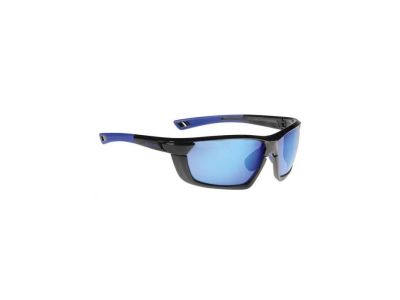Sports eyewear is specifically designed to enhance vision and provide protection during athletic activities. This eyewear is often made of lightweight, durable materials to withstand impact and movement. They may have specialized lenses that improve visibility, reduce glare, and provide UV protection. Sports eyewear is commonly used for activities such as cycling, running, basketball, and other sports where clear vision and eye protection are essential.
Lifestyle eyewear refers to everyday eyewear or fashion sunglasses. This eyewear is designed to complement a style and can come in a variety of shapes, colours, and materials to suit different preferences. Lifestyle eyewear often focuses on aesthetics and comfort, with options ranging from classic designs to trendy and unique styles. This eyewear is typically not designed for sports or high-impact activities, but is intended to be worn as part of everyday fashion and lifestyle.
Ski goggles are specially designed for winter sports such as skiing and snowboarding. These goggles provide protection from snow, wind, and UV rays while improving visibility in various lighting conditions. Ski goggles have antifog coating, ventilation systems and are compatible with helmets to ensure comfortable and safe wearing during winter sports activities.
How to choose the right eyewear?
When choosing eyewear, whether for sports, lifestyle, or specific activities such as skiing, consider the following factors to help you make the right choice:
- Purpose: Determine the primary purpose of the eyewear - whether it is for sports, everyday wear, or skiing. Different types of glasses are designed to meet specific needs and provide appropriate protection and functionality.
- Fit: Make sure the eyewear fits comfortably and securely on your face. The frame should not be too tight or too loose, and the glasses should fit well on your nose and ears without causing discomfort.
- Lens quality: Consider the quality of the lenses, especially in terms of their clarity, UV protection, and impact resistance. For sports eyewear, look for lenses that improve visibility and reduce glare. Polarized lenses are beneficial for reducing reflected glare, while anti-scratch coatings can extend the life of your glasses.
- Frame material: Choose a frame material that suits your preferences and lifestyle. Choose from plastics, metals, and lightweight materials like titanium or TR-90. When it comes to sports eyewear, the durability and flexibility of the frame are important factors to consider.
- Style and design: When choosing glasses for everyday wear, consider your personal style and aesthetic preferences. Casual glasses come in a variety of shapes, colours, and designs to suit your sense of design and complement your overall look.
- Protection: Make sure your eyewear provides adequate protection for your eyes, especially if you'll be using it for sports or outdoor activities. Look for features like UV protection, impact resistance, and side coverage that shields your eyes from dirt, wind, and other elements.
- Brand and reviews: Research different brands and read reviews to learn about the reputation and quality of the glasses. Choose a reputable brand known for producing high-quality glasses that meet your needs and preferences.
By considering these factors and your specific requirements, you can choose glasses that not only look good, but also provide the necessary protection, functionality, and comfort for your eyes.
How are sports glasses different from regular sunglasses?
Sports glasses are designed to be more durable, impact-resistant, and safer during sports activities. They often feature side panels for better coverage and protection.
Are the lenses of sports glasses interchangeable for different lighting conditions?
Some sports eyewear models offer interchangeable lenses or photochromic lenses that adapt to different light conditions and provide versatility for different activities.
Do ski goggles come with interchangeable lenses for different light conditions?
Many ski goggles offer interchangeable lenses or photochromic options to adapt to changing light conditions on the slope.
